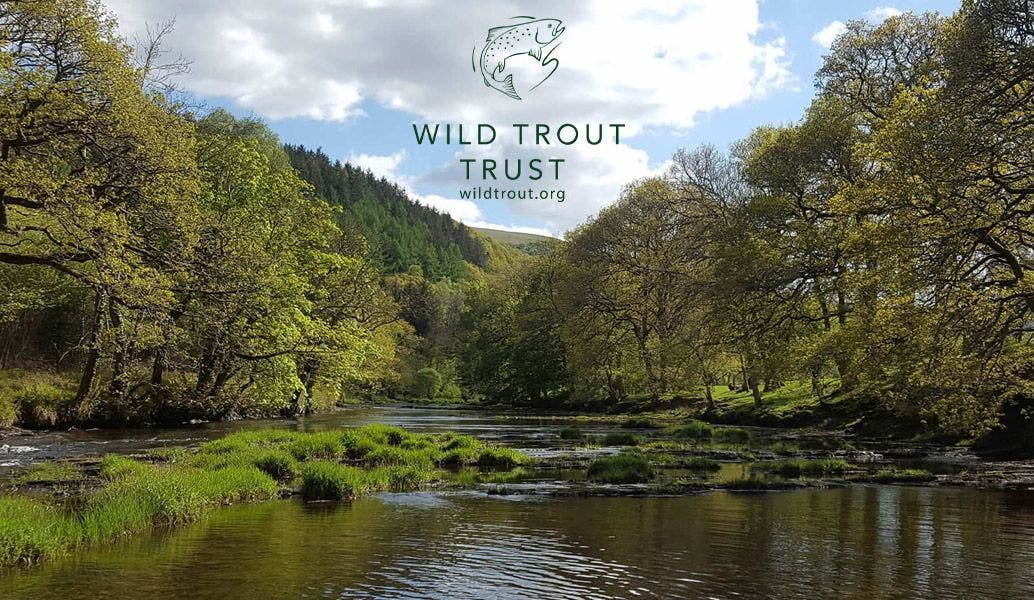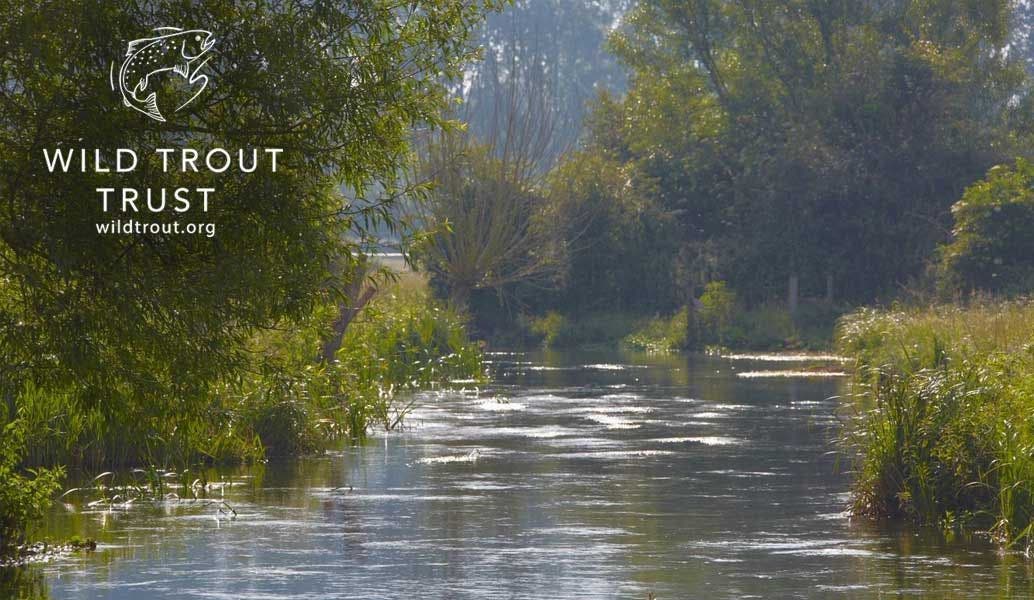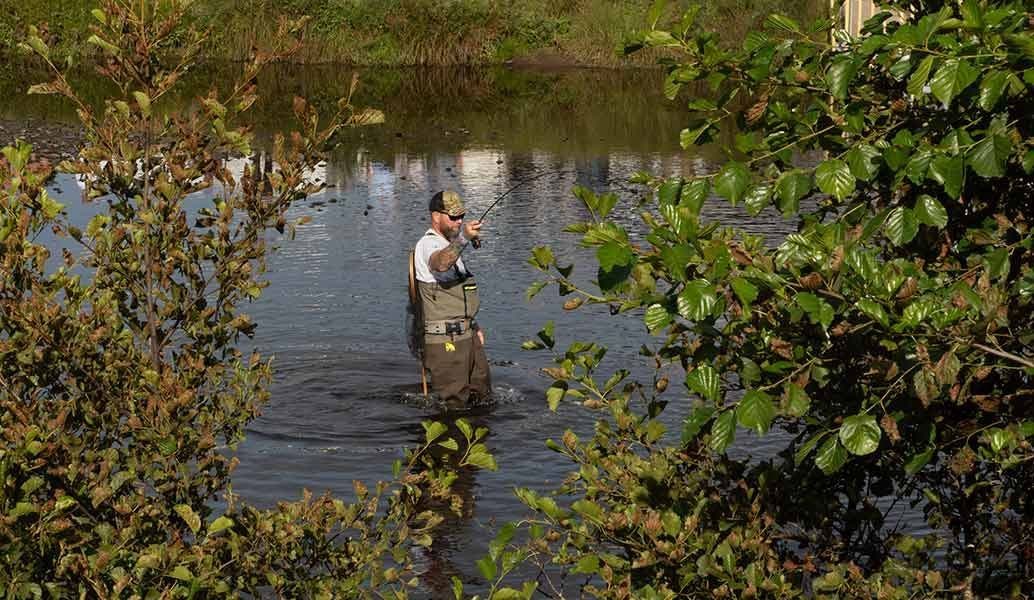When it comes to improving the health of our rivers, water quality and quantity are incredibly important - and lots of charities, campaigning groups and individuals are rightly making more and more noise about these aspects of environmental degradation.
Here at the Wild Trout Trust, we tend to focus our efforts on a third aspect of river health which often gets overlooked but is just as important. This is habitat complexity: the kind of structurally varied environment which makes rivers and streams into comfortable places for fish and other species to live, complete with lots of niches for different species, at all the various stages of their life cycles. The basic principle is that if we create physical diversity in the river, all things being equal, ecological diversity will follow. So, making the banks and bed of the river varied in depth and width will create lots of places for lots of plants and animals to live.
SIMPLIFIED RIVERS
Over the course of many centuries, however, it’s an unfortunate fact most of Britain’s rivers have been unnaturally de-complicated: in other words, straightened, simplified, and pushed to the very edges of their floodplains to make more space and straighter lines for agriculture and development.
Sometimes this was deliberate, such as in the case of pinning a river along a high-level leat so that its energy could be harnessed for milling or, latterly, hydropower. At other times, it was almost accidental, the result of moving the river off its natural floodplain, and then repeatedly dredging and embanking the channel to keep it there. Habitually removing fallen trees from the water can have a similar effect - robbing the river of the structure, energy and varied flow patterns that it needs for natural processes like scour and deposition - the forces that create diversity.
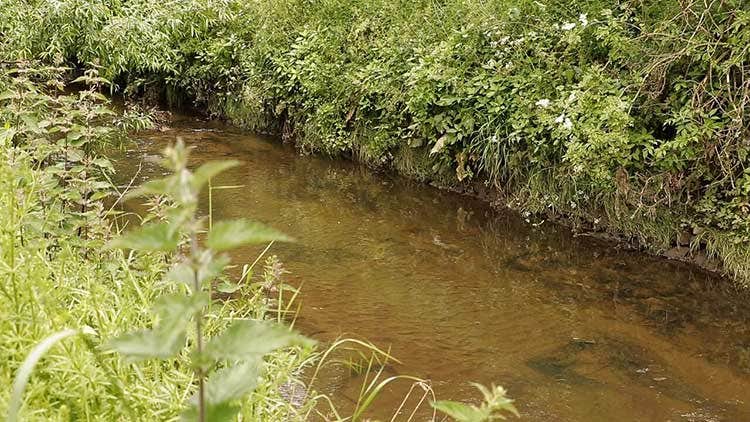

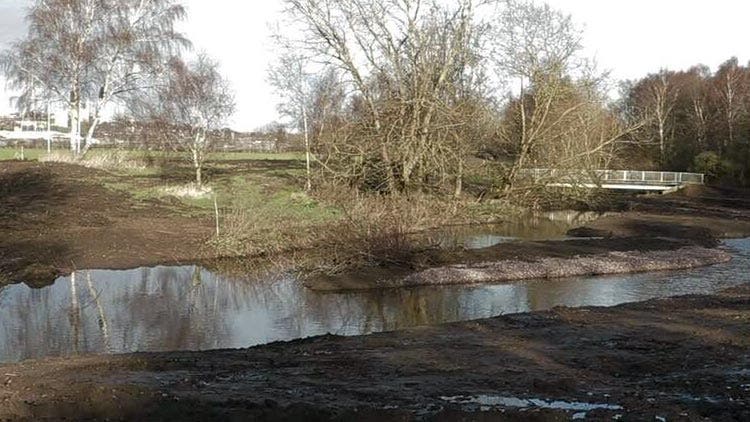

STRAIGHT LINES IN LINCOLNSHIRE
A few weeks ago, one of my WTT Conservation Officer colleagues, Tim Jacklin, found a particularly striking example of these kinds of historic modifications while he was using Lidar maps for researching potential river restoration sites on the River Witham in Lincolnshire. Looking at the photo (below), the present course of the Witham is shown by the north-west to south-east straight line along the eastern edge of the floodplain, fed by ‘main drains’ which cut across and meet it at right angles.
But the old course of the river can also still be seen in the Lidar data – an extravagantly branching and wiggling shadow on the map, showing just how much complexity has been lost since the Witham Drainage Act of 1761, when the drainage works would have begun in earnest. It’s no wonder that the area’s native burbot, which need well-connected floodplains that inundate at regular intervals, have completely disappeared since that time and that many other species, including trout, are also struggling in the Witham.
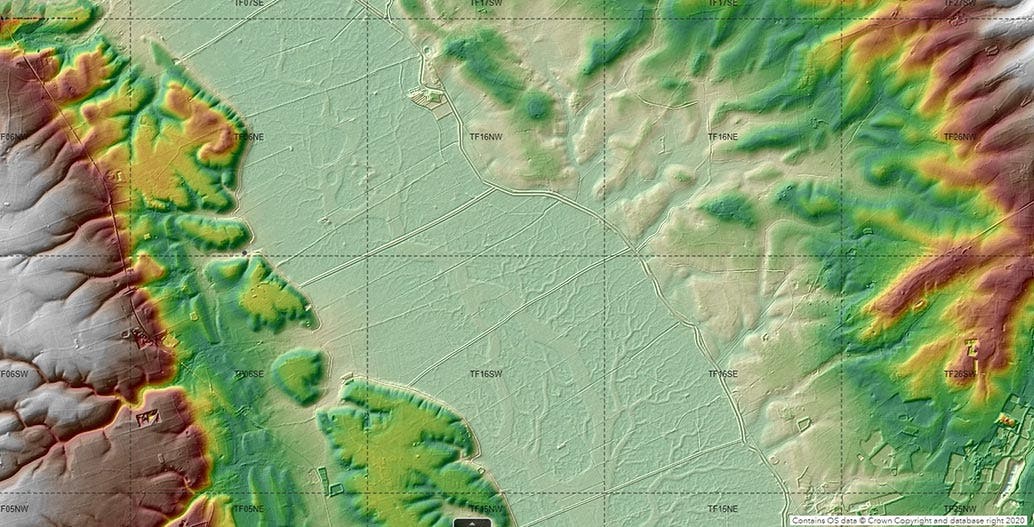

NEW VIEWS OF RIVERS
Now, luckily, more and more environmental managers are realising the full extent of the habitat damage that’s been done to our rivers, and many projects are now underway to start putting things right.
For several years, WTT has been involved in a project called SUNRISE, in and around Stoke-on-Trent, led by Staffordshire Wildlife Trust and the local EA team. Parts of the work took place right in the heart of the city, on the Staffordshire University campus and Stoke City FC’s old Victoria Ground.
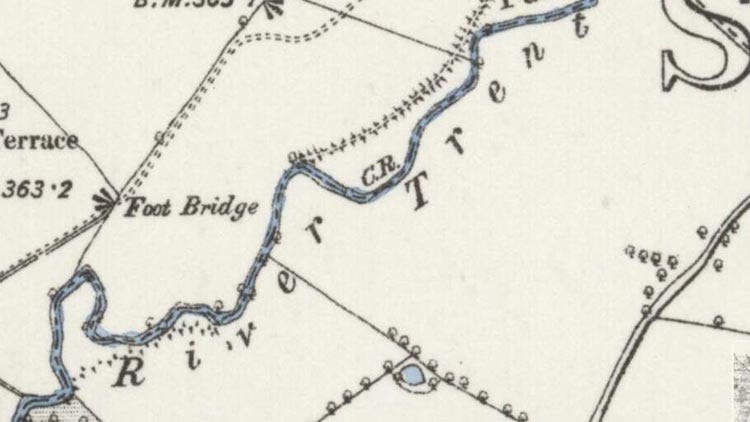

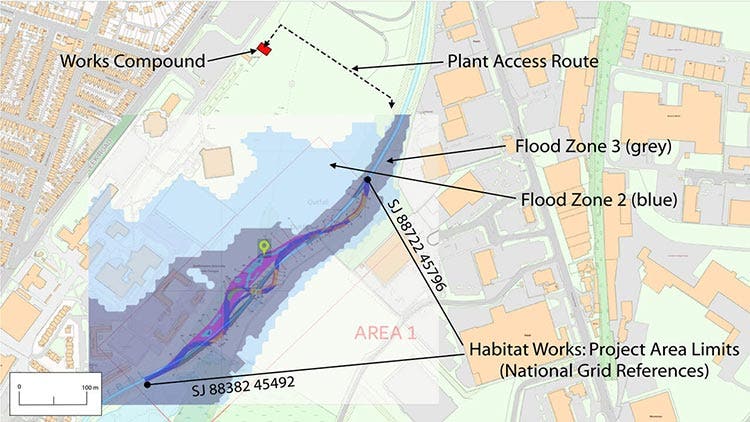

In these areas, we’ve been working with our partners to completely break out the formerly straightened channel into much more natural winding and sinuous curves, and even mid-channel islands, complete with new pools, riffles and habitat niches for all forms of life - the kinds of improvements that some conservationists have imaginatively dubbed ‘rewiggling’.


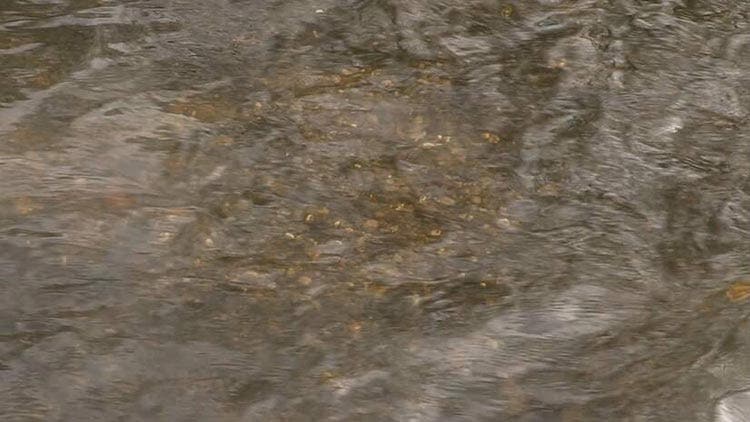

WILD TROUT APPROVED
Just a few weeks ago, the SUNRISE project won the River Restoration Centre’s UK River Prize for 2023. But we still like to think that the real seal of approval came from the wild river trout themselves - which moved into the area just days after the big yellow diggers had finally departed in autumn 2020, and left spawning redds as evidence that they’d found it all very much to their liking!
Watch WTT’s video about the SUNRISE project here:
Find out more about the SUNRISE project and the RRC River Prize 2023 here:
- wildtrout.org/content/river-trent-at-stoke-on-trent-sunrise-project
- wildtrout.org/wttblog/river-trent-stoke-on-trent-sunrise
- therrc.co.uk/2023-uk-river-prize
In a second part of this article, we’ll explore some more of WTT’s recent projects which have focused on making better and more connected habitat for trout and lots of other species.
To find out more about the Wild Trout Trust, please visit www.wildtrout.org

